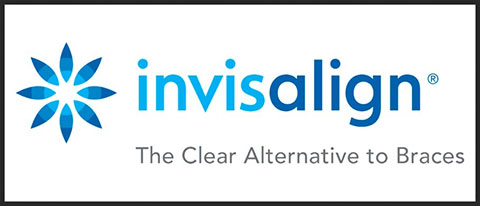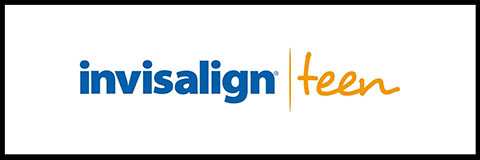There has been a considerable difference with the way orthodontists and patients view dentofacial aesthetics. A natural smile is involuntary and is brought about by happiness or joy. All the muscles involving facial expression are involved in smiling, causing a deepening of the nasiolabial folds and flexion of the muscles at the corner of the eyes. A smile can be either spontaneous (unposed) or artificial (posed).
An unposed smile is spontaneous and natural because it conveys genuine emotions. A posed smile on the other hand is a voluntary expression that is not induced by emotion. This smile can be a sign of goodwill or a way of greeting another person.
A posed smile can be classified into strained and unstrained smile. When a person is forced to smile in some circumstances, the smile cannot be sustained and will seem unnatural, thus resulting to a strained smile. A Stage II smile in the Peck classification system is defined as a forced or strained smile resulting in maximal elevation of the upper lips. On the other hand, when a person is asked to pose for a photograph, the desired smile is voluntary and static, yet natural. Thus, this brings about an unstrained smile. In orthodontics, the unstrained posed smile is commonly used to assess facial and aesthetic attributes because of its reproducibility.


